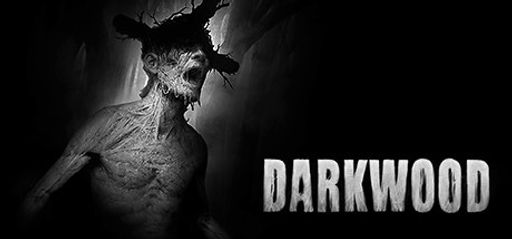I’ve spent many hours navigating the eerie corridors and dangerous forests of Darkwood. As a dedicated gamer who thrives on uncovering every nuance of a game’s design, I feel compelled to share my in-depth analysis of this survival horror title by Acid Wizard Studio. In many ways, Darkwood stands out for its unique perspective on the horror genre. Yet, it also struggles with gameplay mechanics that can occasionally dampen the overall experience.
Overall Impression
At first glance, the game’s atmosphere makes a striking impression. I found the dark world of Darkwood to be shrouded in mystery and tension. During daylight, the environment feels rich and ever-changing. The designers crafted a world where every rustle in the forest can signal trouble. I appreciate that the game does not solely rely on jump scares; instead, it builds tension steadily. However, the slow-paced scavenging and repetitive inventory management can disrupt the immersion. I spent long periods walking from my hideout to various points of interest. This constant back-and-forth ironically became a chore despite the strong world-building.
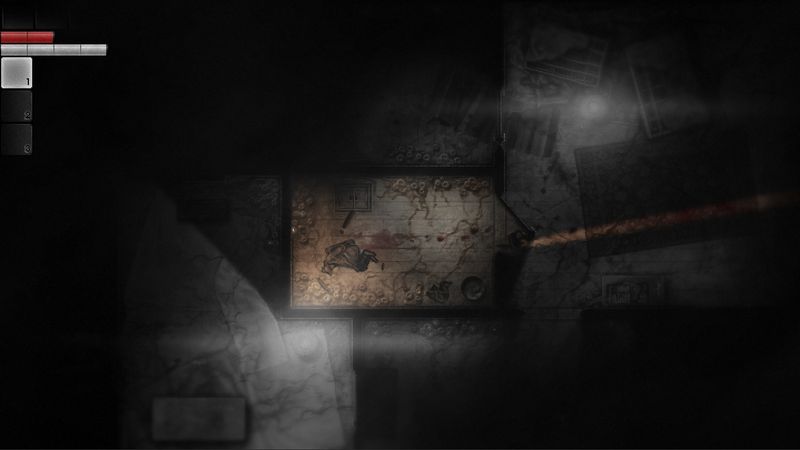
Gameplay Mechanics
Darkwood introduces its challenges gradually. The gameplay is split into distinct phases: a hopeful morning, a perilous day, and an intense, nerve-wracking night. During the day, I scoured abandoned locations for essential supplies and hidden lore. The unique line-of-sight mechanics and lo-fi survival elements create an atmosphere of lingering dread. Each new discovery in the forest presents both a promise of narrative depth and the risk of encountering something truly terrifying at night. I enjoyed the sense of urgency that each daylight excursion brought. But the act of returning to my hideout with a limited inventory repeatedly felt clunky. The game demands that players contend with both tangible dangers and the frustrations of resource management.
Many player reviews echo this frustration. I noted one review that pointed out how roughly 80% of the gameplay was spent managing supplies. Despite various upgrades and a seemingly generous amount of loot, I often found myself burdened with useless items. In the early game, it wasn’t apparent what items were vital and what were merely filler. This forced me to make difficult decisions without enough information. The experience then gradually shifted toward what felt like a prolonged walking simulator. While this design choice may spark emergent strategy for some, it felt like it watered down the thrill for others, including myself, as I sought a brisk, adrenaline-fueled horror challenge.
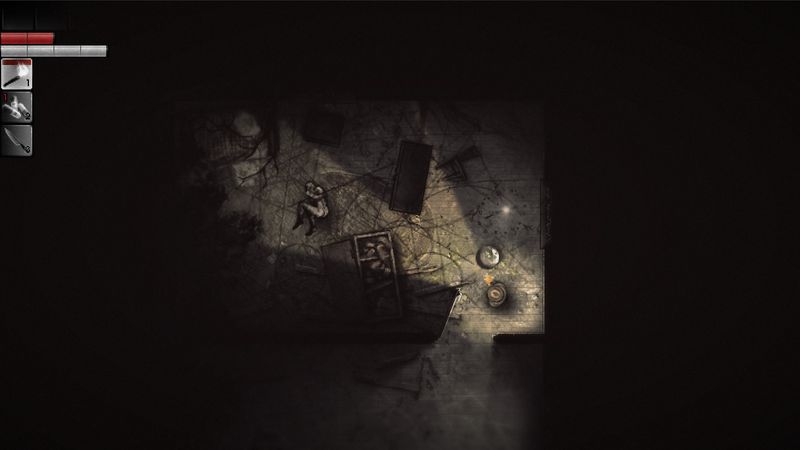
Story and Characters
The narrative and world-building in Darkwood deserve recognition. The game offers a world that feels alive even as it remains hostile. The lore is hidden in layers that require careful exploration and attention to detail. In many ways, the plot does not spoon-feed the player information. Instead, fragments of a story emerge from unsettling encounters and environmental clues. I found this method both engaging and challenging. The characters, such as the mysterious figures encountered in the woods, lend an odd charm to the narrative. However, the story occasionally becomes muddled due to sparse context. It can be hard to connect with the world when the protagonist is left to figure out key story points on his own. For someone with a penchant for strategy and clarity, I found the narrative structure both intriguing and somewhat frustrating.
Visuals and Graphics
Visually, Darkwood reinforces its dark themes with a distinctive art style. The game employs shadows, muted color palettes, and detailed set pieces to establish an oppressive, eerie ambiance. Every forest, cabin, and rundown structure feels carefully constructed to maximize tension and uncertainty. Light and dark are not just artistic choices—they are essential to the gameplay. However, while the visuals serve the horror aesthetic well, they sometimes lack the polish found in higher-budget titles. Players used to modern graphics may find the textures and environments to be rough around the edges. Still, I believe these stylistic choices fit perfectly with the game’s tone and themes.
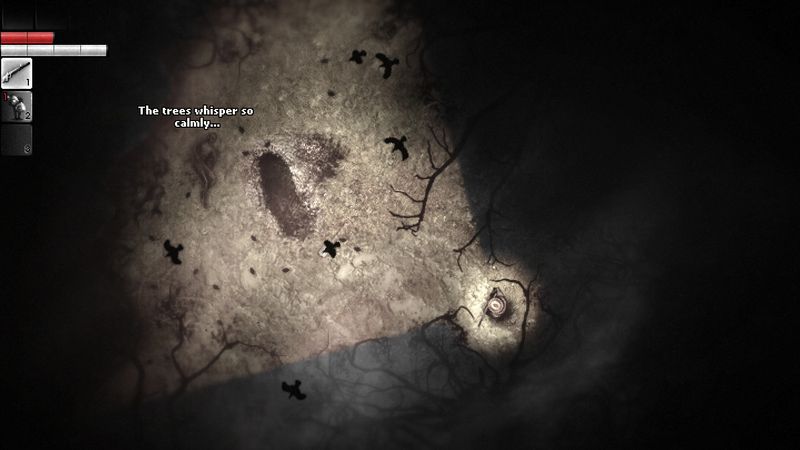
Sound and Music
Sound design is where Darkwood truly excels. The creaking of floorboards and the whispers carried on the wind contribute significantly to the game’s unsettling environment. The sound effects turn mundane actions into moments of suspense. Walking down an empty corridor, for instance, can trigger a palpable sense of dread. The soundtrack’s minimalist approach complements the visual austerity and helps maintain a relentless atmosphere of anxiety. Every night cycle in the game reinforces the fear factor as ambient sounds keep you constantly on edge. These auditory elements elevate the horror experience, ensuring that each playthrough feels both personal and visceral.
Player Experience
I must also discuss the night cycles. These moments are designed to be a mix of fear and strategy. Initially, hiding in your weak hideout felt adequately suspenseful. However, as I grew more comfortable with combat and enemy patterns, the long, repetitive waiting periods began to lose their tension. Every night, a five-minute cycle of inactivity can feel like a forced pause rather than an engaging challenge. Rather than intensifying the horror, these segments sometimes acted more like a time sink. For a hardcore gamer eager for action and strategy, this design decision was a double-edged sword.
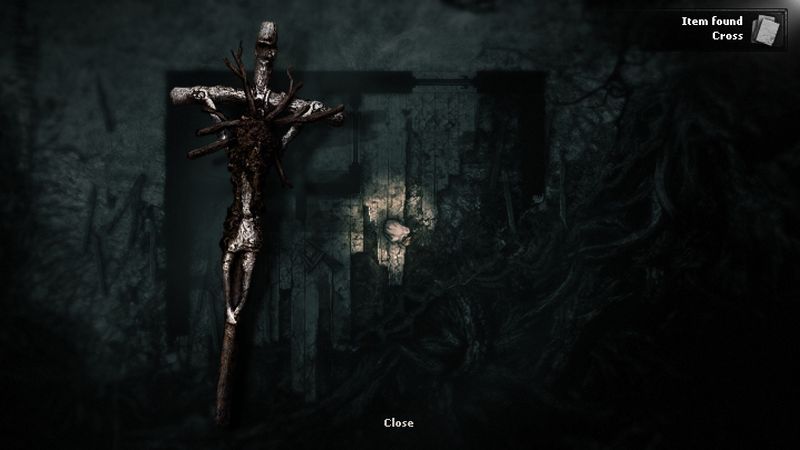
When I compare Darkwood to other titles in the survival horror genre, I see both admirable creativity and notable shortcomings. Darkwood succeeds at delivering a deeply atmospheric experience and a unique formulation of day/night mechanics. Yet, it falls short when it comes to streamlining gameplay and offering more dynamic interactions during resource management. The contrast between high-intensity moments and prolonged periods of tedium creates a gameplay rhythm that may not sit well with all hardcore gamers.
Difficulty and Replayability
Regarding difficulty and replayability, Darkwood sets a challenging standard. The game demands careful decision-making, exemplary resource management, and a keen awareness of your surroundings. Every step can trigger an unexpected event. This inherent risk translates into high replay value for dedicated players who relish mastering survival strategies. However, the same factors that encourage multiple playthroughs also add a layer of frustration, particularly regarding inventory restrictions. For those willing to invest their time and adapt their strategies, there is much to gain. Yet, others may find these challenges too punitive, detracting from the core tension that the game otherwise strives to build.
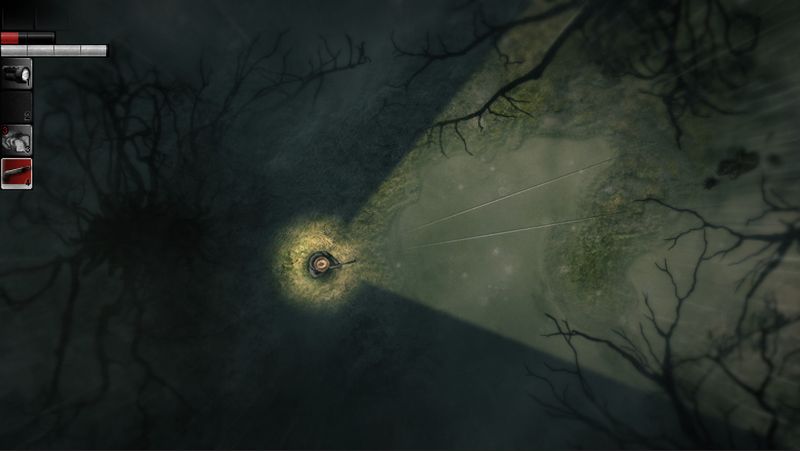
Behind-The-Scenes
Acid Wizard Studio has a reputation for delivering innovative horror experiences on relatively modest budgets. The developer’s commitment to creative risk-taking is evident in nearly every aspect of Darkwood. They have chosen not to hold players’ hands and instead offer an experience that rewards careful thought and adaptation. This approach is clearly visible in every crevice of the game’s design.
Conclusion
Darkwood is a game that embodies both passion and imperfections. Its standout elements include a uniquely dark atmosphere, immersive sound design, and rewarding exploration mechanics. Conversely, the repetitive backtracking and clunky inventory management can detract from the overall pleasure of the experience. As PlayerProX, I appreciate the game’s ambition and depth, yet I also recognize its flaws when compared with other titles in the genre. For fans of atmospheric horror and survival gameplay, Darkwood offers a memorable, if occasionally frustrating, adventure.
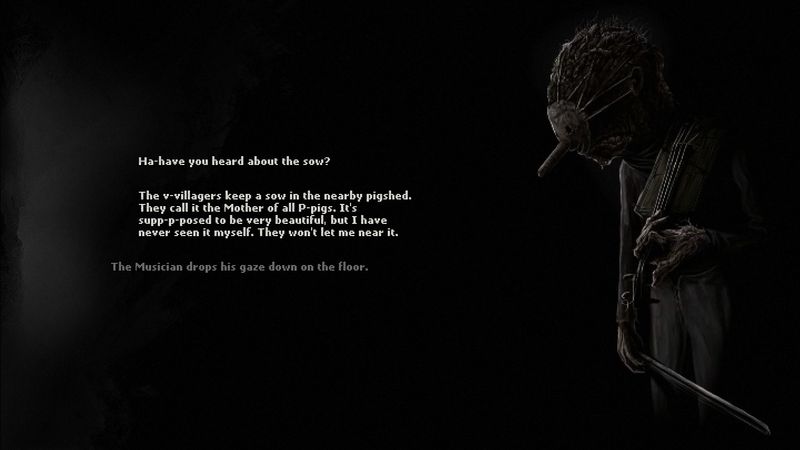
My final rating for Darkwood is 3.5 out of 5 stars. It is a title that has much to offer, particularly for those who thrive on survival horror challenges. However, its rough edges may prompt some to approach with caution. The game remains a noteworthy exploration of the genre’s boundaries and an ambitious piece of work by Acid Wizard Studio.

